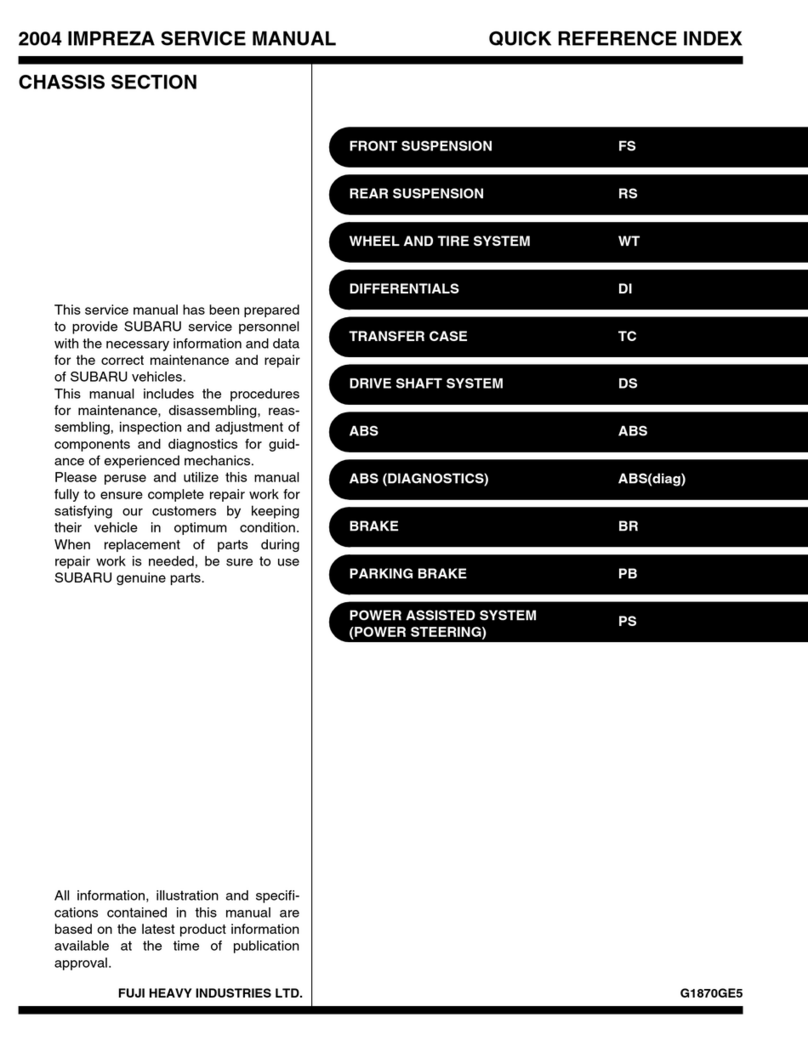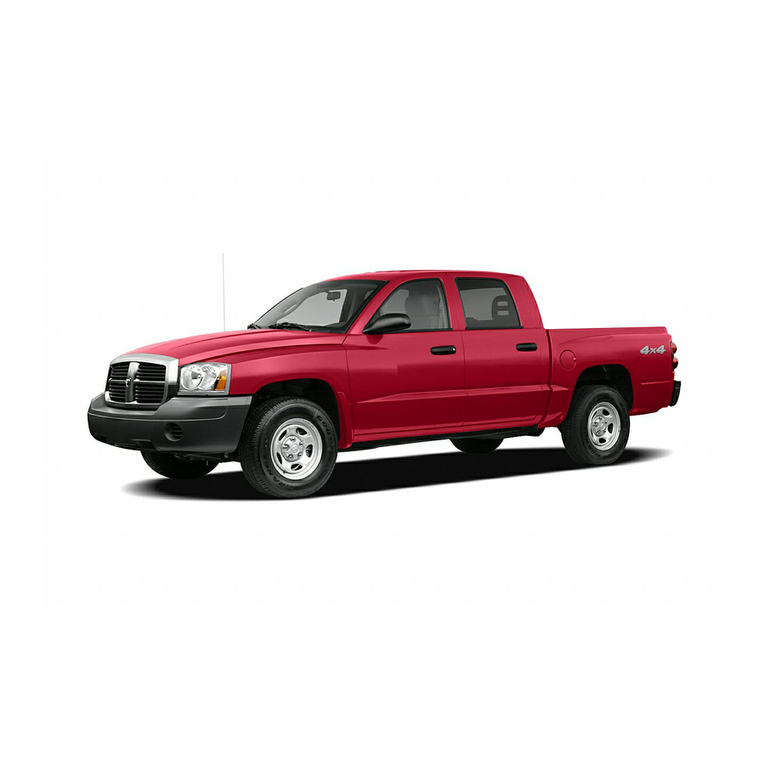Subaru FORESTER2001 User manual
Other Subaru Automobile manuals

Subaru
Subaru EyeSight User manual
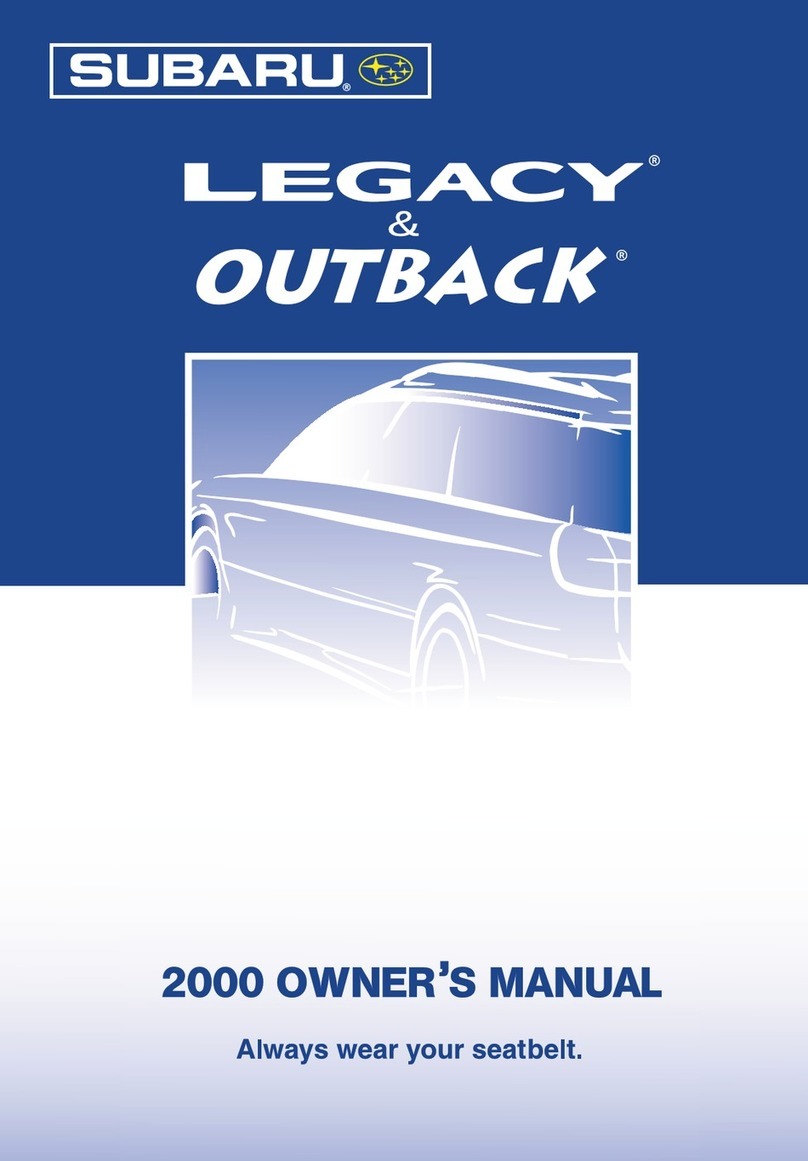
Subaru
Subaru 2000 Outback User manual

Subaru
Subaru Forester 2017 User manual
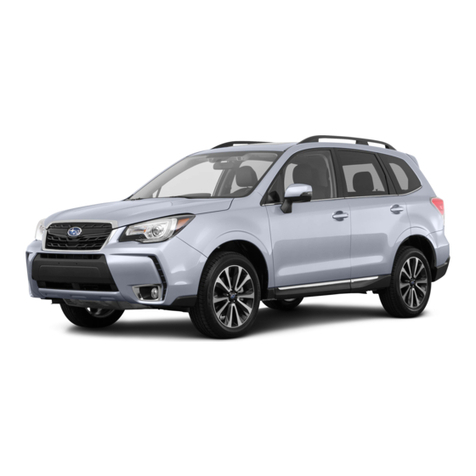
Subaru
Subaru Forester 2017 User manual

Subaru
Subaru 2002 Impreza User manual

Subaru
Subaru Forester EyeSight 2015 User manual

Subaru
Subaru JULY BRZ 2013 User manual
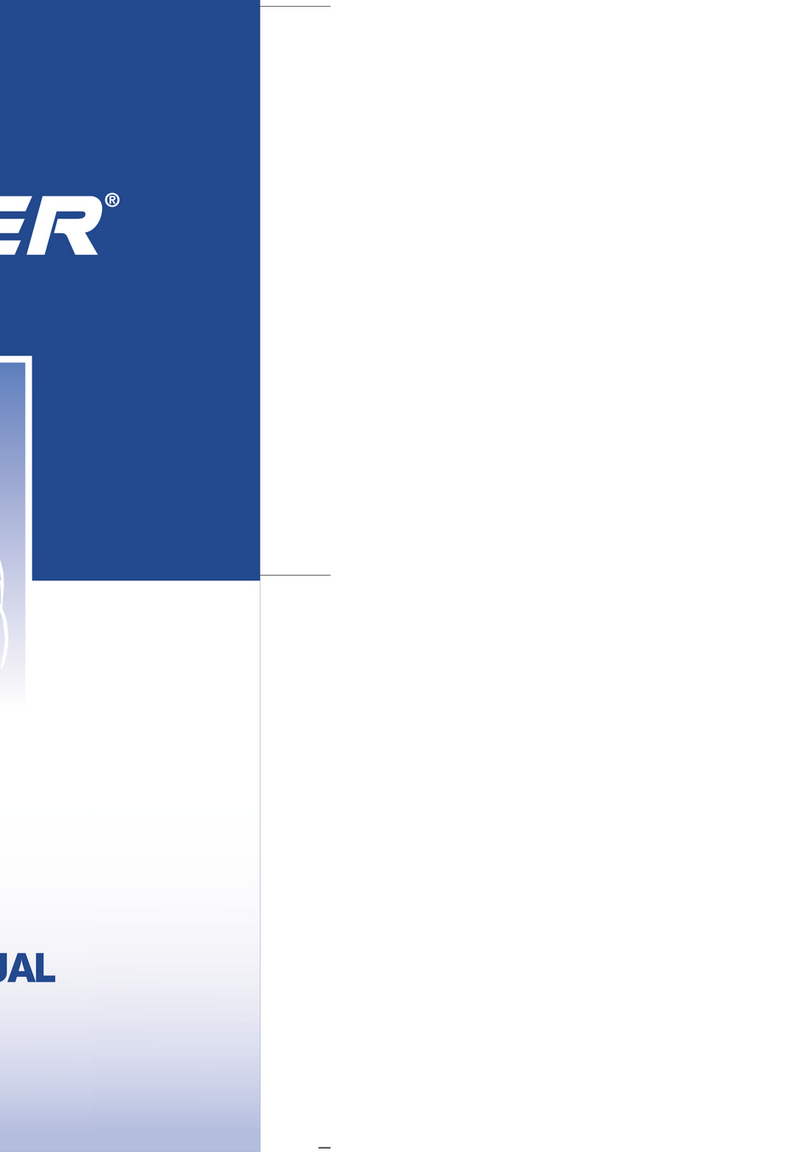
Subaru
Subaru 2000 Forester User manual

Subaru
Subaru Legacy 2021 User manual

Subaru
Subaru 2003 Legacy User manual
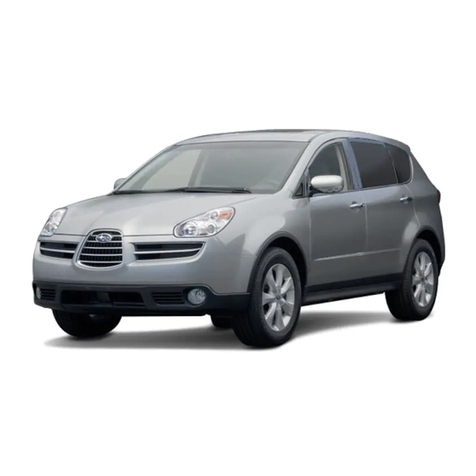
Subaru
Subaru 2006 B9 Tribeca User manual
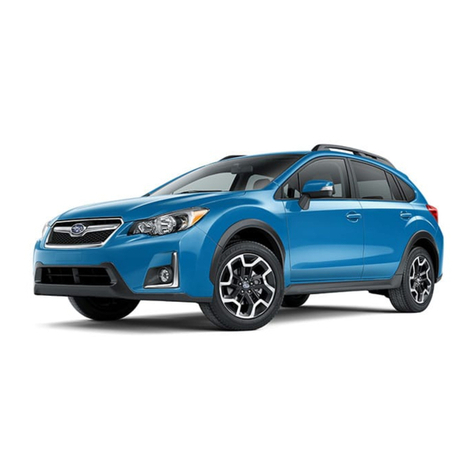
Subaru
Subaru Crosstrek User manual

Subaru
Subaru B9 TRIBECA WX 2007 User manual
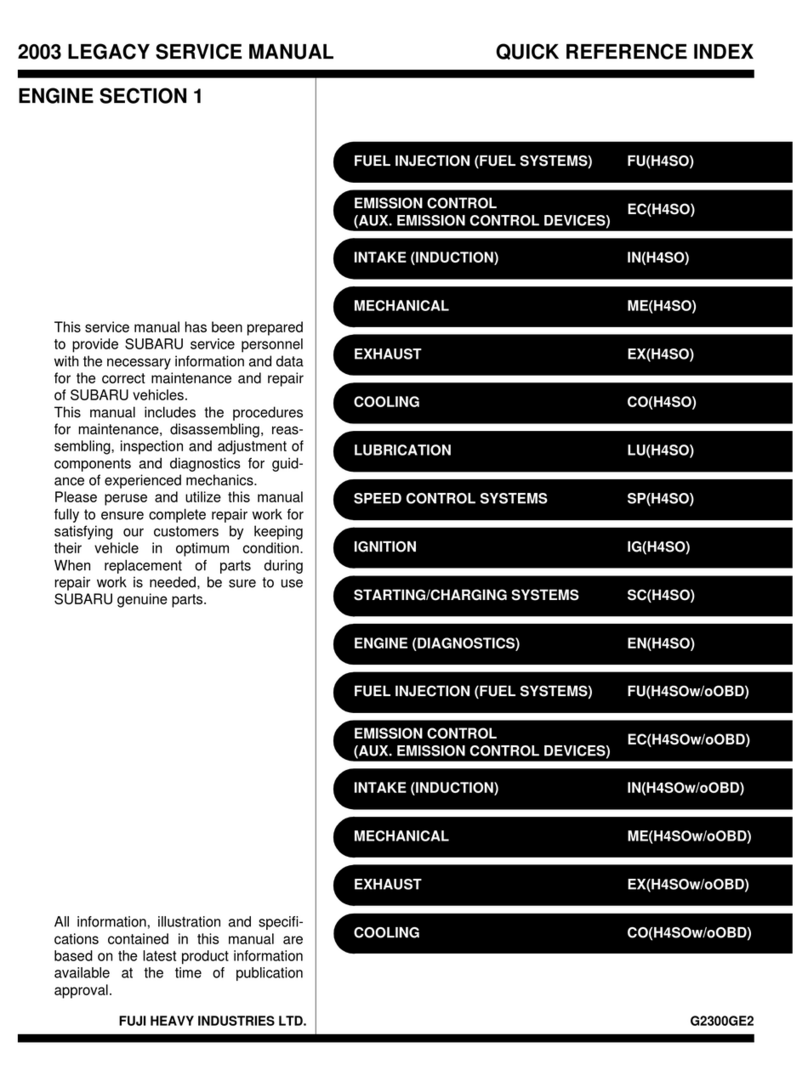
Subaru
Subaru 2003 Legacy User manual

Subaru
Subaru Legacy2018 User manual
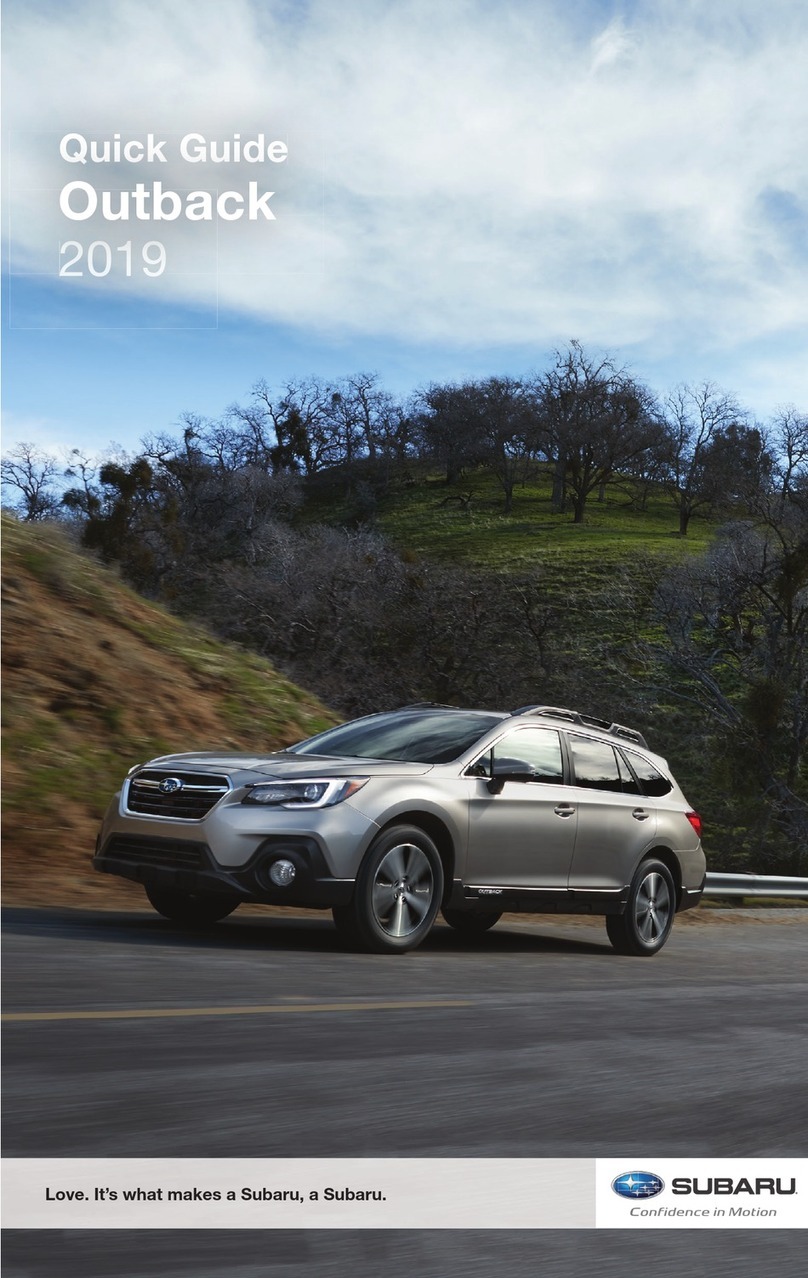
Subaru
Subaru Outback 2019 User manual
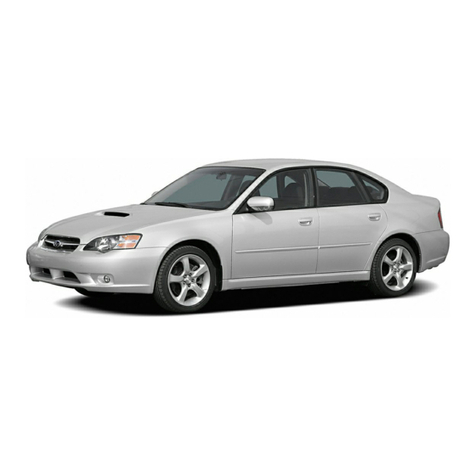
Subaru
Subaru 2005 Legacy User manual

Subaru
Subaru 2014 XV Crosstrek User manual
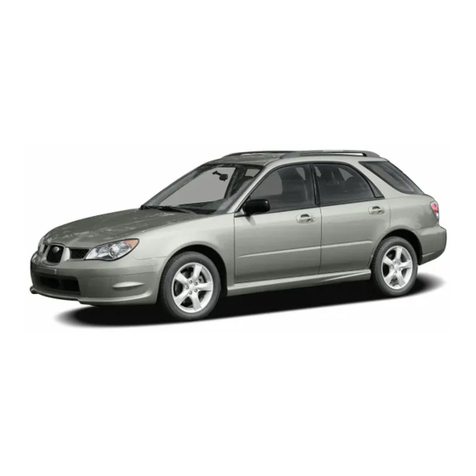
Subaru
Subaru 2006 Impreza Setup guide
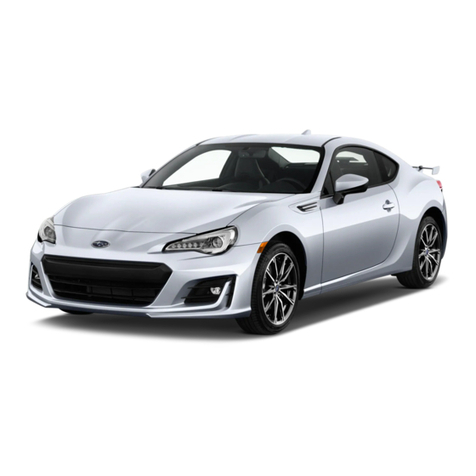
Subaru
Subaru BRZ 2018 User manual
